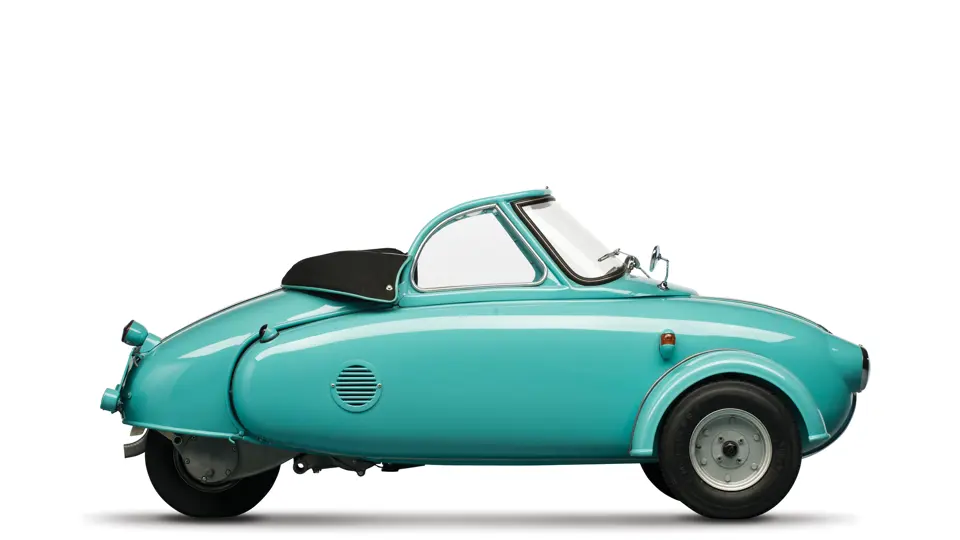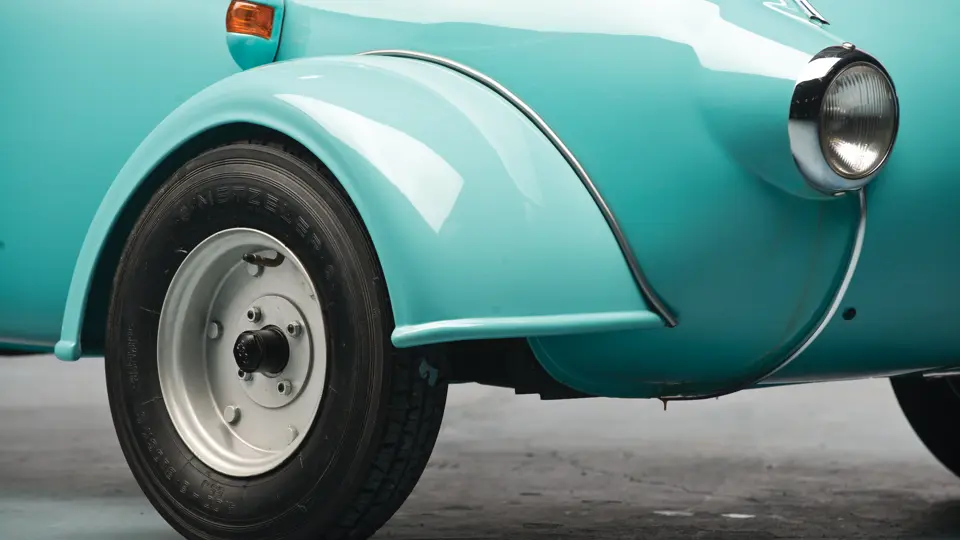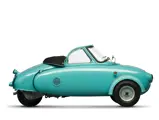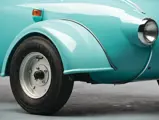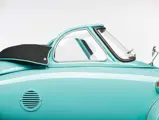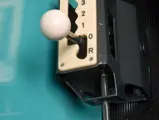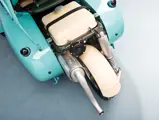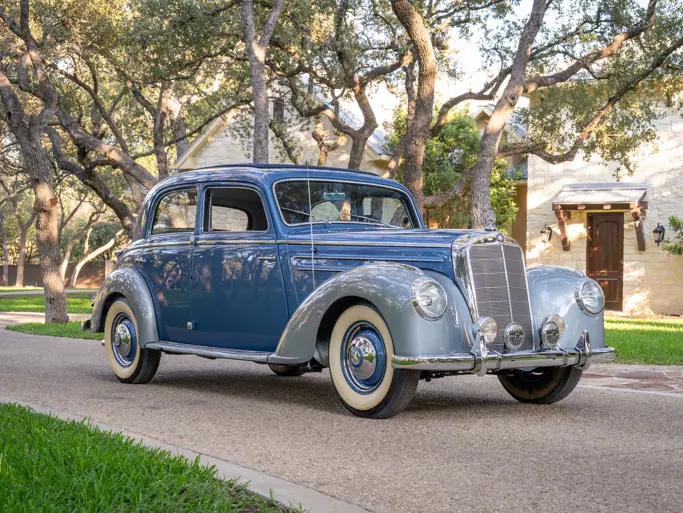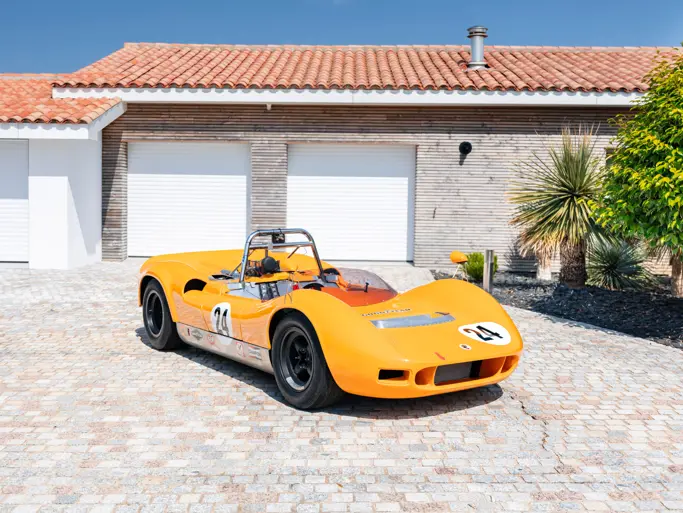The first of only three built; formerly owned by Vic Hyde and fully restored with a research trip overseas.
SPECIFICATIONS
Manufacturer: Carl Jurisch Fahrwerkbau
Origin: Altdorf, Germany
Production: 3
Motor: Heinkel 1-cyl., 4-stroke
Displacement: 173 cc
Power: 9.5 hp
Length: 7.5 ft.
Identification No. 101
This rare vehicle was the realization of one man’s conviction that the future of transportation lay in a personal single-seat vehicle. Carl Jurisch was a talented engineer and famous motorcycle racer, but above all, he was a passionate idealist. At the age of 23, he had already designed an astonishing, technically ground-breaking motor: a compact, four-piston, two-stroke, water-cooled supercharged unit, which 10 years later, would influence DKW’s work. Two years earlier, in 1925, he had built himself a 350-cubic centimeter four-stroke motorcycle with telescopic forks and shaft drive.
The late thirties found him in Nürnberg, Germany selling his patented rear suspension conversions for the typical hard tail motorcycles of the time. Recovery was the post-war priority, and he helped his rural neighbours with his truck and repair shop for several years before returning to selling his suspensions and, later, his enclosed chaincase conversions, brake hubs, and stepless gearboxes. Motorcycles were in general decline as the population moved towards cars, and Jurisch looked for new ways to provide the public with the positive attributes of his beloved two-wheelers in the form of a small, personal three-wheeled vehicle that bridged the gap between cycle and car.
At his factory in the forests near Nürnberg, he designed and built his little car based on the widened body of a Steib S250 sidecar. Windshield and front suspension was Messerschmitt mated to a drivetrain from the Heinkel Kabine. The unique steering consisted of two vertical handlebars pivoting under the seat and was topped by fingertip switches; it was a delight to use: light and precise. The machine unfolded like a puzzle box, with canopy, tail unit, seat, and fuel tank pivoting upward for easy access. Three were built. The prototype, offered here, was aesthetically the most successful, with its low, sleek canopy lines. The second had a taller but more ungainly canopy and larger wheels, and the third was a “commercial” version with a box behind the driver.
Actual sales were not forthcoming, and the prototype was sent overseas to America in an attempt to market the car through Joe Berliner’s motorcycle and microcar dealership in New York City at the height of the tailfin craze. The car, prototype number 101, languished in a Florida dealership until found by microcar collector Vic Hyde in the seventies. By this time, it had deteriorated somewhat, had lost its Jurisch identity, and Vic mistakenly took it for a Heinkel prototype because of its motor.
It was restored in Canada in the nineties, and it was driven and shown at a number of events, where it created a sensation. A visit to Veterama in Germany produced a Jurisch sales leaflet, which contained the works address. Although a trip to the village of Altdorf brought no immediate results, an inquiry with a local resident evoked a reply of “there is a small factory a couple of kilometers out of town.” The owner of the factory, now producing cardboard boxes, recalled seeing the name “Jurisch” on the deed when she purchased the property in 1973!
An elderly relative was still in the area and, after a helpful introduction by the factory owner, produced a letter from Jurisch’s daughter, now living in Nürnberg. A visit was arranged where, over tea and biscuits, the daughter produced photo albums and documents showing this car and the two other similar Motoplans constructed by her father. She rounded out the provenance of this Jurisch with the wonderful recollection that on occasions when the post office van was not available to pick her up, she was driven to the school in the next village perched on the tail of the tiny car!
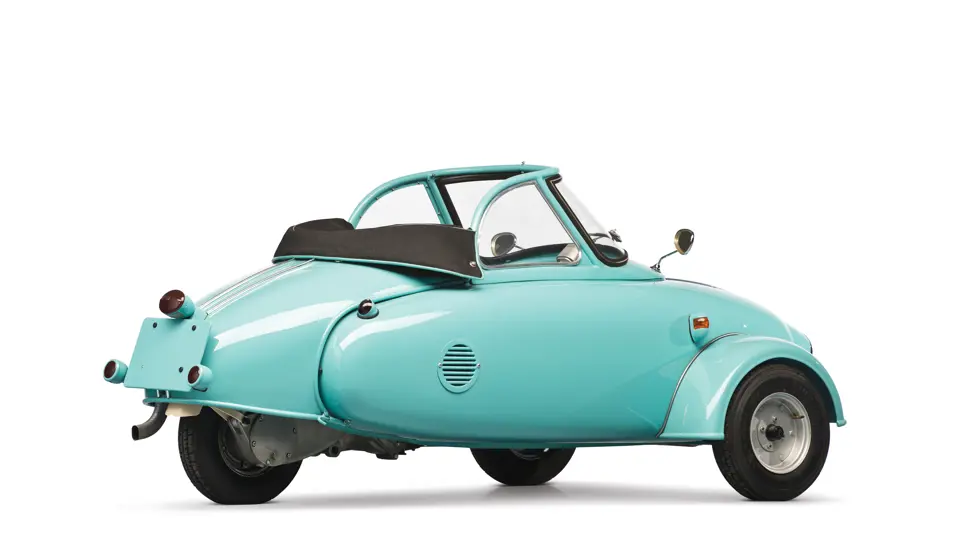



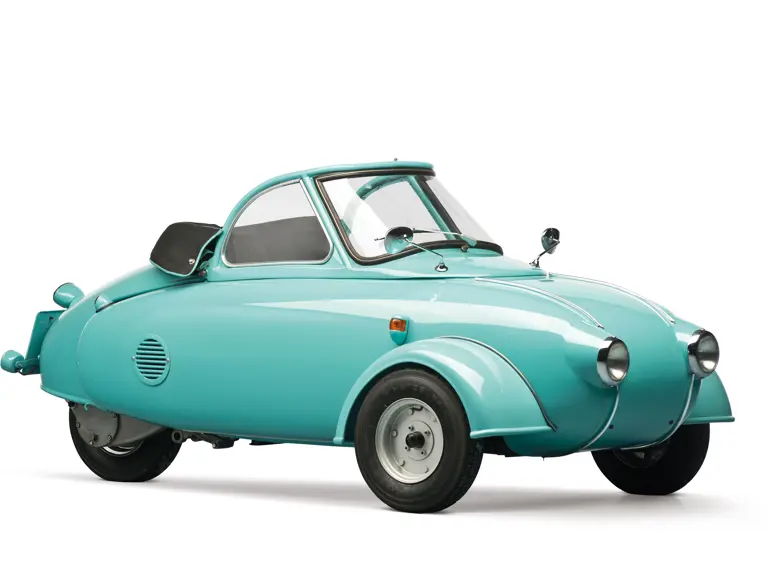
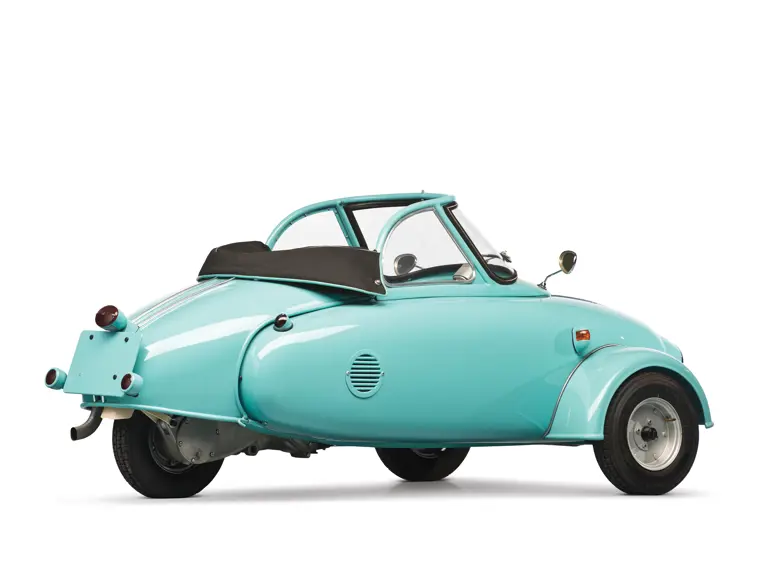
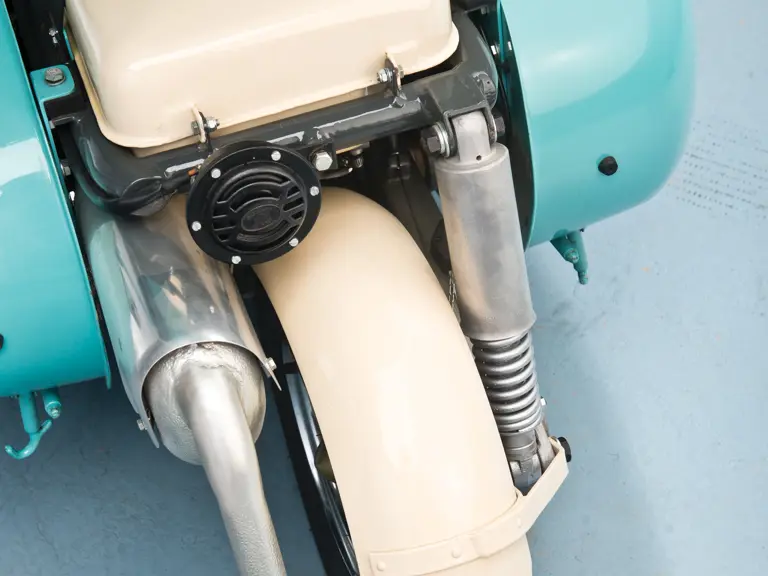


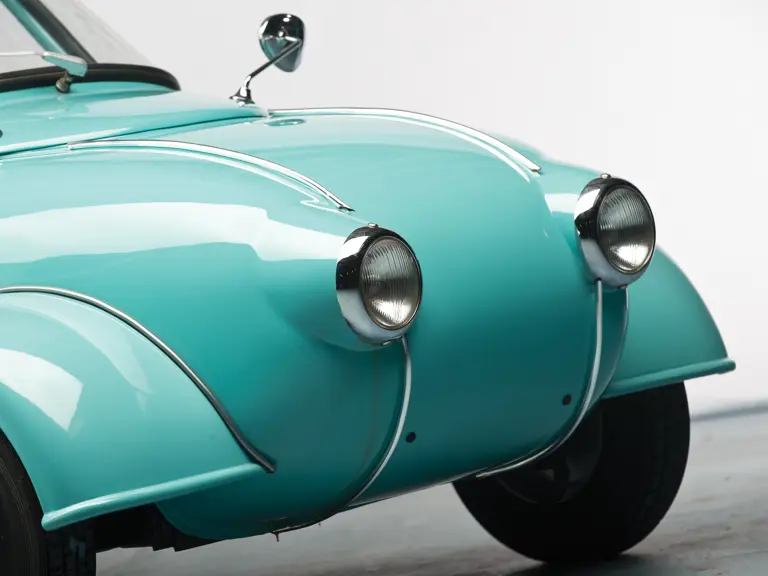


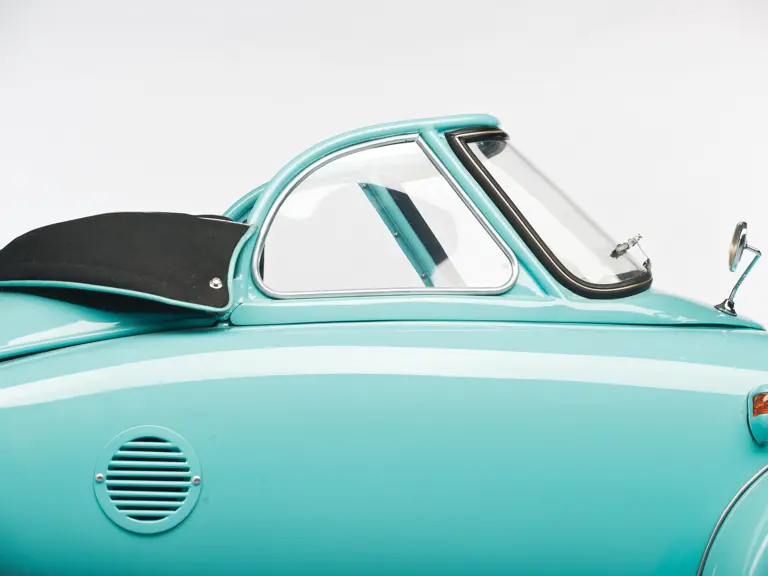

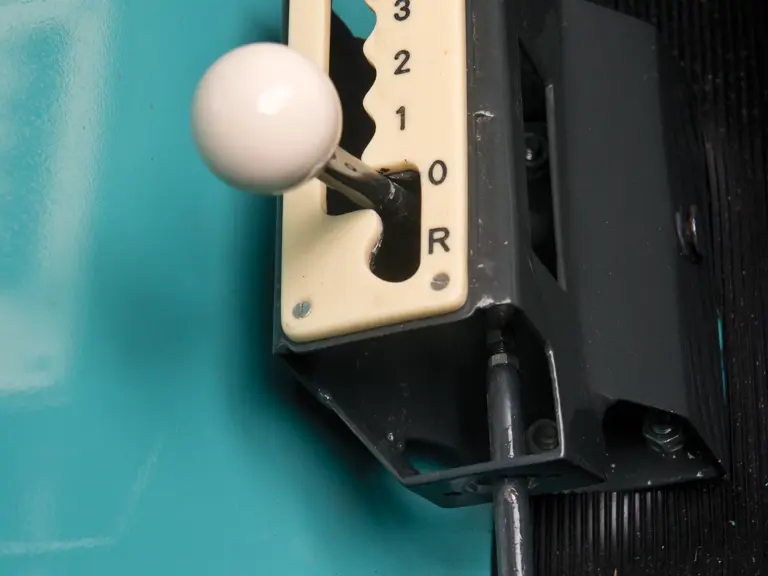
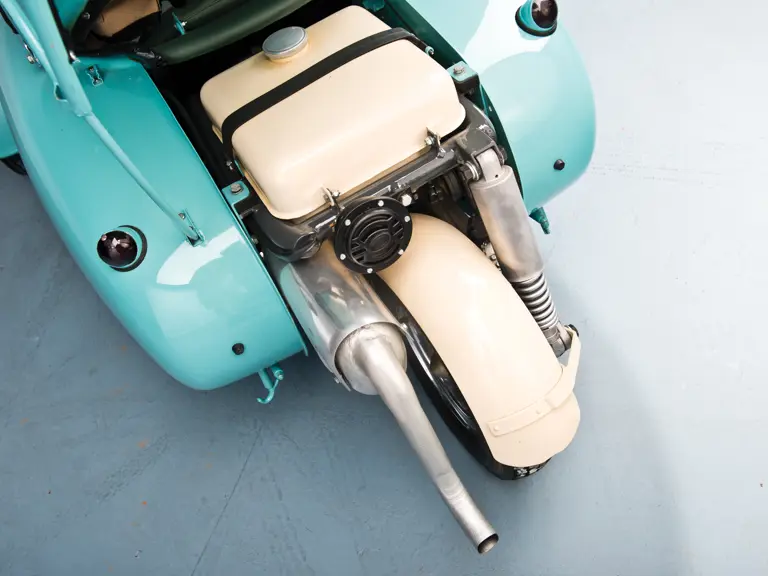
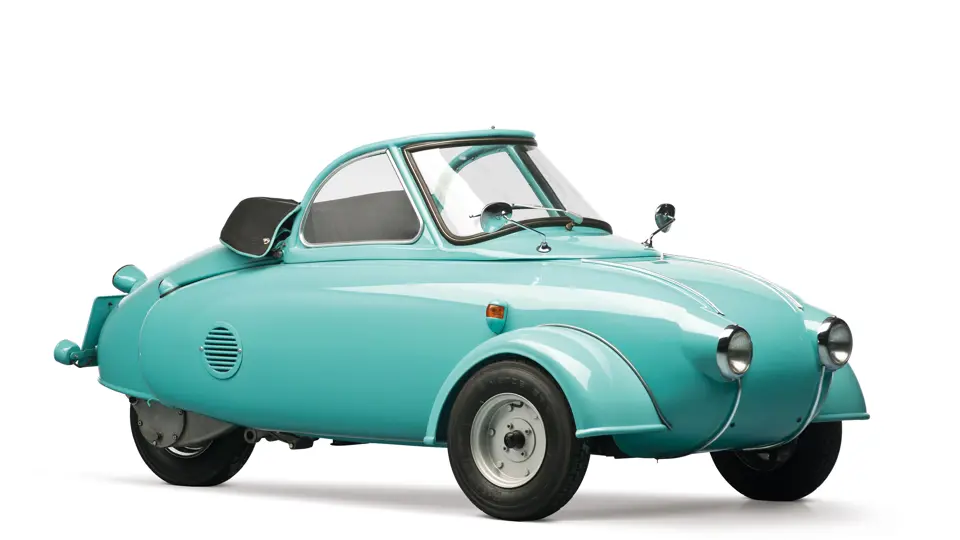
 | Madison, Georgia
| Madison, Georgia
